Dropshipping has transformed the e-commerce landscape, offering a low-risk, accessible way for entrepreneurs to start an online business. Its appeal lies in its simplicity and flexibility, making it a go-to model for beginners and seasoned sellers alike. But what exactly is dropshipping, and how can you leverage it to build a profitable venture?
In this in-depth guide, we’ll explore every facet of dropshipping, from its core mechanics to its pros and cons, helping you decide if it’s the right path for you.
What Is Dropshipping?
Dropshipping is a retail fulfillment method where an online store sells products without holding inventory. Instead of stocking goods, the store owner partners with third-party suppliers—typically wholesalers or manufacturers—who handle inventory and ship products directly to customers when an order is placed. The retailer acts as an intermediary, marketing and selling products while the supplier manages logistics.
This model eliminates the need for warehousing, bulk purchasing, or managing physical stock, significantly reducing startup costs and operational complexity. Dropshipping allows entrepreneurs to focus on branding, customer acquisition, and store optimization rather than traditional retail challenges like inventory management.
The rise of e-commerce platforms like Shopify has democratized dropshipping, enabling anyone to launch a store with minimal technical expertise. For those looking to expand their reach, integrating with marketplaces can amplify sales. A great starting point is learning how to link eBay to Shopify store to access a broader audience.
Dropshipping’s flexibility also appeals to those testing business ideas. Whether you’re a budding entrepreneur or an established eCommerce store, the ability to experiment with products without financial risk is a game-changer. However, success hinges on choosing the right niche and suppliers, which we’ll explore further.
Must Read – How to Optimize Shopify Store for Mobile?
How Does Dropshipping Work?
Dropshipping operates through a streamlined process that connects customers, retailers, and suppliers. While the concept is simple, executing it effectively requires attention to detail. Here’s a step-by-step look at how dropshipping works:
- Building Your Online Store: The journey begins with setting up an e-commerce store, typically on platforms like Shopify, WooCommerce, or BigCommerce. You’ll choose a niche—such as fitness gear, pet accessories, or eco-friendly products—and design a user-friendly website. Shopify’s intuitive tools make this process seamless, and for those aiming to stand out, exploring how to maximize your eCommerce potential with Shopify store development can elevate your store’s performance.
- Sourcing Products from Suppliers: Next, you partner with dropshipping suppliers through platforms like Oberlo, AliExpress, Spocket, or Printful. These marketplaces offer vast product catalogs, from electronics to apparel, which you can import into your store. You’ll set retail prices, ensuring a profit margin above the supplier’s wholesale cost.
- Marketing Your Store: Since you don’t handle inventory, your primary role is driving traffic to your store. Effective marketing—through social media ads, influencer partnerships, content marketing, or SEO—is crucial. For actionable strategies, check out 10 traffic-driving strategies for your Shopify store to boost visibility.
- Customer Places an Order: When a customer buys a product, they pay your retail price, which includes your markup and any shipping or tax fees. The transaction happens on your store, ensuring you capture the full payment.
- Forwarding the Order to the Supplier: You then place the order with your supplier, paying their wholesale price. The difference between the retail and wholesale price is your profit. Most dropshipping apps automate this step, syncing orders directly to suppliers.
- Supplier Fulfills the Order: The supplier packages and ships the product to the customer, often with tracking information you can share. Depending on the supplier, the package may include your store’s branding or remain generic.
- Providing Customer Support: While suppliers handle fulfillment, you’re responsible for customer service. This includes answering queries, resolving issues, and managing returns, ensuring a positive shopping experience.
- Optimizing and Scaling: As your store grows, you’ll analyze sales data to refine your product offerings, marketing tactics, and customer experience. Continuous optimization is key to staying competitive.
This process minimizes operational overhead but relies on strong supplier relationships and effective marketing. Security is also critical, as customers expect safe transactions. Learn more about security measures in Shopify development: protecting customer data and building trust to safeguard your business.
Must Read – How to Link ebay to Shopify Store
Should You Start Dropshipping?
Dropshipping isn’t a one-size-fits-all solution. Whether it’s right for you depends on your goals, resources, and tolerance for its unique challenges. Let’s weigh the factors to help you decide.
Why Dropshipping Might Be for You
- Low Barrier to Entry: If you’re new to e-commerce, dropshipping’s minimal startup costs make it an accessible way to test ideas without risking thousands on inventory.
- Limited Capital: Entrepreneurs with tight budgets can launch a store for a few hundred dollars, covering hosting, a domain, and basic marketing.
- Niche Flexibility: Dropshipping lets you experiment with multiple product categories to find a profitable niche, ideal for market explorers.
- Time Flexibility: Its hands-off logistics suit side hustlers or those balancing other commitments, as you can run the business from anywhere.
- Scalability Potential: As sales grow, you won’t face inventory bottlenecks, allowing you to focus on marketing and expansion.
Why Dropshipping Might Not Suit You
- Need for Control: If you want to oversee every detail—product quality, packaging, or shipping—dropshipping’s reliance on third parties may frustrate you.
- Brand Obsession: Limited control over fulfillment can hinder your ability to deliver a premium, branded experience, especially with generic packaging.
- Profit Margin Goals: Dropshipping margins are often slim (10-30%), requiring high sales volumes for substantial income.
- High Competition Tolerance: The ease of entry means crowded markets, demanding exceptional marketing to differentiate your store.
Before committing, ensure your store’s infrastructure supports growth. Choosing the right hosting is critical—explore the best hosting provider for your eCommerce store to ensure reliability.
Questions to Ask Yourself
- What’s my budget? Dropshipping requires less upfront capital, but marketing and platform fees add up.
- How much time can I commit? Marketing and customer service demand consistent effort, even if logistics are outsourced.
- Am I comfortable with risk? While inventory risk is low, supplier issues or market saturation can impact success.
- Do I enjoy marketing? Dropshipping thrives on your ability to attract and convert customers.
If you’re still unsure, consider starting small to test the waters. Platforms like Shopify offer free trials, letting you experiment without long-term commitment.
Must Read – How To Maximize Your ECommerce Potential with Shopify Store Development
7 Benefits of Dropshipping
Dropshipping’s popularity stems from its unique advantages, particularly for those entering e-commerce. Here are seven reasons why it’s a compelling model:
- Minimal Startup Costs: Without inventory to purchase, you can launch a store for under $500, covering a domain, hosting, and basic ads. This affordability suits bootstrapped entrepreneurs.
- No Inventory Hassles: Suppliers manage stock, sparing you the costs and complexities of warehousing, tracking, or disposing of unsold goods.
- Vast Product Flexibility: Access thousands of products across niches, from gadgets to home decor. You can test trends and pivot without financial loss.
- Location Independence: Run your business from anywhere with internet access. Whether you’re at a café or traveling, dropshipping requires only a laptop.
- Effortless Scalability: As orders increase, suppliers handle fulfillment, freeing you to focus on marketing and growth without logistical constraints.
- Reduced Risk: If a product flops, you’re not stuck with excess stock. This encourages experimentation with minimal downside.
- Marketing Focus: With logistics outsourced, you can prioritize branding, SEO, and customer engagement. Choosing the right platform enhances this—check out the top 5 eCommerce platforms to build your eCommerce store for options.
These benefits make dropshipping a low-friction entry into e-commerce, but it’s not without challenges. Let’s dive into the drawbacks to paint a full picture.
Dropshipping Drawbacks
While dropshipping offers significant upsides, it also presents hurdles that can test your patience and strategy. Understanding these challenges is crucial for success. Here are the key drawbacks:
- Slim Profit Margins: Competition drives prices down, and after supplier costs, shipping fees, and marketing expenses, margins often range from 10-30%. High sales volumes are needed for meaningful profits.
- Limited Fulfillment Control: Suppliers handle shipping, leaving you vulnerable to delays, lost packages, or quality issues. These can harm your reputation, even if you’re not directly responsible.
- Supplier Reliability Risks: Not all suppliers deliver consistently. Stock shortages, poor communication, or substandard products can disrupt operations and erode customer trust.
- Customer Service Burden: Customers expect you to resolve issues like defective items or late deliveries, despite your reliance on suppliers. Coordinating solutions can be time-consuming.
- Branding Constraints: Most suppliers use generic packaging, limiting your ability to create a memorable brand experience. Custom branding options exist but often cost more.
- Fierce Competition: The low barrier to entry means countless stores sell similar products, often from the same suppliers. Standing out requires niche expertise and marketing prowess.
- Complex Returns Process: Returns involve coordinating with suppliers, which can be slow and frustrating. Clear policies and proactive communication are essential to maintain customer satisfaction.
- Marketing Dependency: Without physical products to differentiate, success hinges on your ability to attract and convert customers, demanding ongoing investment in ads and SEO.
- Shipping Time Challenges: Many dropshipping suppliers are overseas, leading to longer delivery times (2-4 weeks). This can deter customers expecting fast shipping.
- Hidden Costs: While startup costs are low, recurring expenses—platform fees, apps, advertising—can add up, eating into profits if not managed carefully.
To counter some of these issues, optimizing for mobile users is critical, as most shoppers browse on smartphones. Learn how to optimize Shopify store for mobile to improve conversions.
Mitigating Drawbacks
- Vet Suppliers Thoroughly: Test orders, check reviews, and prioritize suppliers with fast shipping and reliable stock.
- Transparent Communication: Set clear expectations for shipping times and returns to reduce customer frustration.
- Niche Down: Focus on a specific audience to differentiate from generic stores (e.g., eco-friendly pet products).
- Invest in Marketing: Allocate budget for targeted ads and SEO to drive consistent traffic.
- Monitor Costs: Track expenses to ensure profitability, especially as you scale.
By anticipating these challenges, you can build a resilient dropshipping business that thrives despite the hurdles.
Must Read – 10 Traffic Driving Strategies for Your Shopify Store
Dropshipping FAQ
To address common queries, here’s a detailed FAQ section covering key aspects of dropshipping:
Is Dropshipping Legal?
Absolutely, dropshipping is legal worldwide, provided you follow local business regulations. This includes obtaining licenses, paying taxes, and ensuring accurate product descriptions. Transparency about shipping times and product origins builds trust and avoids legal pitfalls.
How Much Money Do I Need to Start Dropshipping?
You can launch a dropshipping store for $100–$1,000, depending on your approach. Typical costs include:
- Domain: $10–$20/year
- Hosting/Platform (e.g., Shopify): $29–$79/month
- Marketing (ads, social media): $50–$500 initially
- Apps/Plugins: $10–$50/month
Scaling requires more marketing spend, but starting small keeps costs manageable.
Can I Dropship on Any Platform?
Most e-commerce platforms support dropshipping, including:
- Shopify: Popular for its app ecosystem and ease of use.
- WooCommerce: Flexible but requires more technical setup.
- BigCommerce: Suited for scaling businesses.
- Wix: Beginner-friendly but less robust for dropshipping.
Shopify’s integration with tools like Oberlo makes it a top choice.
How Do I Find Reliable Suppliers?
Finding trustworthy suppliers is critical. Steps include:
- Explore Marketplaces: Use AliExpress, Spocket, Modalyst, or Printful for vetted suppliers.
- Test Orders: Place sample orders to assess quality and shipping speed.
- Check Reviews: Look for supplier ratings and feedback from other retailers.
- Communicate Directly: Contact suppliers to gauge responsiveness.
- strong>Join Communities: Forums like Reddit or Shopify groups share supplier recommendations.
Is Dropshipping Profitable in 2025?
Yes, dropshipping remains profitable, but success requires strategy. Key factors include:
- Niche Selection: Target underserved markets to reduce competition.
- Marketing Mastery: Invest in SEO, ads, and social media for visibility.
- Customer Experience: Prioritize fast shipping and clear communication.
Boost your store’s ranking with Shopify SEO: the guide to optimizing Shopify store for better results.
How Do I Handle Returns and Refunds?
Returns can be tricky but manageable:
- Set a Clear Policy: Outline return windows (e.g., 30 days) and conditions.
- Coordinate with Suppliers: Confirm their return process before listing products.
- Communicate Promptly: Update customers on refund status to maintain trust.
- Offer Store Credit: Encourage repeat purchases by issuing credit instead of cash refunds.
Can I Brand My Dropshipping Products?
Branding is possible but varies by supplier:
- Generic Packaging: Most suppliers use plain packaging, limiting brand visibility.
- Custom Options: Some offer white-labeling, custom inserts, or branded boxes for a fee.
- Start Small: Focus on branding through your website and marketing initially, then invest in custom packaging as profits grow.
Must Read – Shopify SEO: The Guide to Optimizing Shopify Store
How Do I Choose a Profitable Niche?
Selecting a niche is pivotal. Tips include:
- Research Trends: Use tools like Google Trends or Exploding Topics to spot rising products.
- Analyze Competition: Look for niches with demand but fewer saturated stores.
- Solve Problems: Target products that address specific pain points (e.g., ergonomic office gear).
- Passion Matters: Choose a niche you’re interested in to stay motivated.
What Are Common Mistakes to Avoid?
New dropshippers often stumble. Avoid these pitfalls:
- Overreliance on One Supplier: Diversify to mitigate stock or quality issues.
- Neglecting Customer Service: Poor support drives customers away.
- Ignoring SEO: Organic traffic is a long-term asset.
- Undercutting Prices: Compete on value, not just price, to protect margins.
- Skipping Research: Validate products and niches before investing heavily.
How Long Does It Take to See Profits?
Profit timelines vary:
- 1–3 Months: Early testing phase, refining products and marketing.
- 3–6 Months: Consistent sales with optimized campaigns.
- 6–12 Months: Sustainable profits with a strong niche and customer base.
Patience and iteration are key, as initial losses from ads are common.
Can Dropshipping Be a Full-Time Business?
Yes, but it requires scale. Full-time dropshippers typically:
- Sell High Volumes: Thousands of monthly orders to offset slim margins.
- Automate Processes: Use apps to streamline orders and support.
- Diversify Income: Add email marketing, upsells, or multiple stores.
- Reinvest Profits: Fuel growth through ads and store improvements.
Must Read – Security Measures in Shopify Development
Advanced Strategies for Dropshipping Success
To thrive in dropshipping, go beyond the basics. Here are advanced tactics to elevate your store:
1. Build a Strong Brand Identity
While suppliers handle products, your brand sets you apart. Steps include:
- Unique Visuals: Invest in professional logos, banners, and product images.
- Compelling Story: Share your mission (e.g., supporting sustainable suppliers).
- Consistent Voice: Use a distinct tone across your site, emails, and ads.
2. Leverage Data Analytics
Data drives decisions. Tools like:
- Google Analytics: Tracks visitor behavior and conversions.
- Shopify Reports: Monitors best-selling products and customer demographics.
- Heatmaps: Reveals where users click, helping optimize layouts.
Use insights to refine product selections and marketing spend.
3. Optimize for Conversions
A high-converting store maximizes profits. Tactics include:
- Fast Load Times: Compress images and use reliable hosting.
- Clear CTAs: Use bold buttons like “Buy Now” or “Add to Cart.”
- Trust Signals: Display reviews, SSL certificates, and secure payment badges.
4. Expand Sales Channels
Don’t rely solely on your store. Explore:
- Marketplaces: Sell on Amazon, eBay, or Etsy for broader reach.
- Social Commerce: Use Instagram Shops or TikTok’s in-app purchases.
- Email Marketing: Build a list for promotions and repeat sales.
5. Test Premium Suppliers
While AliExpress is popular, premium suppliers like Spocket or CJ Dropshipping offer:
- Faster Shipping: 5–10 days vs. 2–4 weeks.
- Higher Quality: Better materials and packaging.
- Local Warehouses: US/EU-based options reduce delivery times.
6. Upsell and Cross-Sell
Increase order value by:
- Upselling: Suggest premium versions of products (e.g., a deluxe yoga mat).
- Cross-Selling: Recommend related items (e.g., yoga blocks with mats).
- strong>Bundles: Offer discounts for buying multiple products.
7. Stay Trend-Savvy
Dropshipping thrives on trends. Monitor:
- Social Media: TikTok and Instagram highlight viral products.
- Industry Blogs: Follow e-commerce sites for emerging niches.
- Seasonal Demand: Stock holiday-themed items early.
Must Read – Best Hosting Provider for your eCommerce store
Real-World Examples
To illustrate dropshipping’s potential, consider these hypothetical cases:
Case 1: The Fitness Niche
- Store: FitGearHub
- Niche: Home workout equipment
- Products: Resistance bands, yoga mats, dumbbells
- Strategy: Targeted Instagram ads, influencer partnerships, and SEO-focused blogs on fitness tips.
- Result: $10,000/month in sales after 6 months, with 20% margins.
Case 2: Eco-Friendly Products
- Store: GreenLivingCo
- Niche: Sustainable home goods
- Products: Bamboo toothbrushes, reusable bags, stainless steel straws
- strong>Strategy: Email campaigns, Pinterest marketing, and partnerships with eco-bloggers.
- Result: $15,000/month in revenue after 9 months, with strong repeat customer rates.
Case 3: Pet Accessories
- Store: PawsAndPlay
- Niche: Pet supplies
- Products: Personalized collars, interactive toys, grooming kits
- Strategy: TikTok videos showcasing products, cross-selling bundles, and fast US-based suppliers.
- Result: $8,000/month in sales within 4 months, scaling rapidly.
These examples highlight the importance of niche focus, marketing, and supplier quality.
Must Read – E-Commerce Platforms 2025: Choosing the Right Store for Your Online Success
Conclusion
Dropshipping stands as a powerful gateway to e-commerce, blending low-risk entry with boundless potential for growth. Its strengths—minimal startup costs, operational flexibility, and scalability—make it an ideal choice for aspiring entrepreneurs, side hustlers, and seasoned sellers alike. Yet, challenges like slim margins, supplier reliability, and fierce competition demand strategic foresight, relentless marketing, and a customer-centric approach.
By selecting a profitable niche, partnering with trusted suppliers, and leveraging platforms like Shopify, you can transform a modest dropshipping store into a thriving business. Success lies in mastering marketing, optimizing user experience, and staying agile in a dynamic market. From mobile optimization to robust security measures, every detail counts in building a brand that resonates with customers.
Ready to launch your dropshipping journey? Partner with 1Solutions to bring your vision to life. Our expert team specializes in Shopify store development, SEO optimization, and traffic-driving strategies to ensure your store stands out. Contact 1Solutions today to build a high-converting, secure, and scalable e-commerce store that turns your dropshipping dreams into reality.



















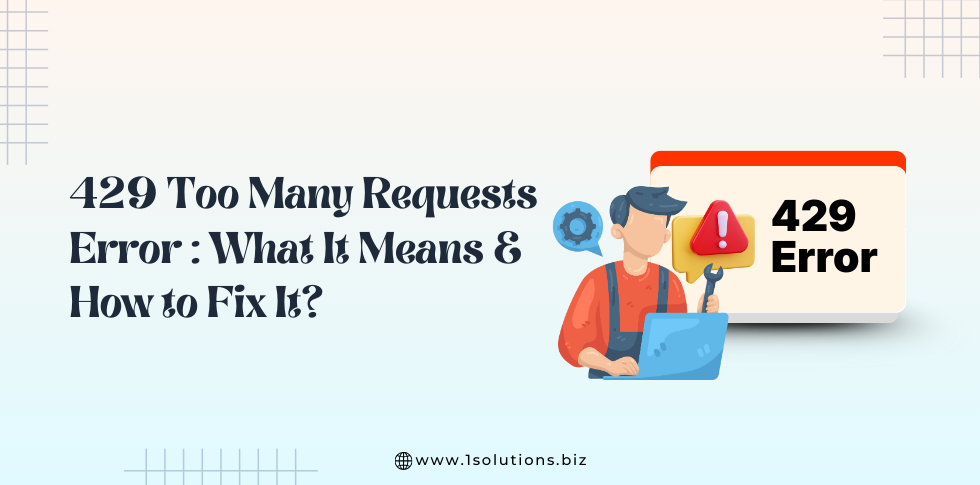
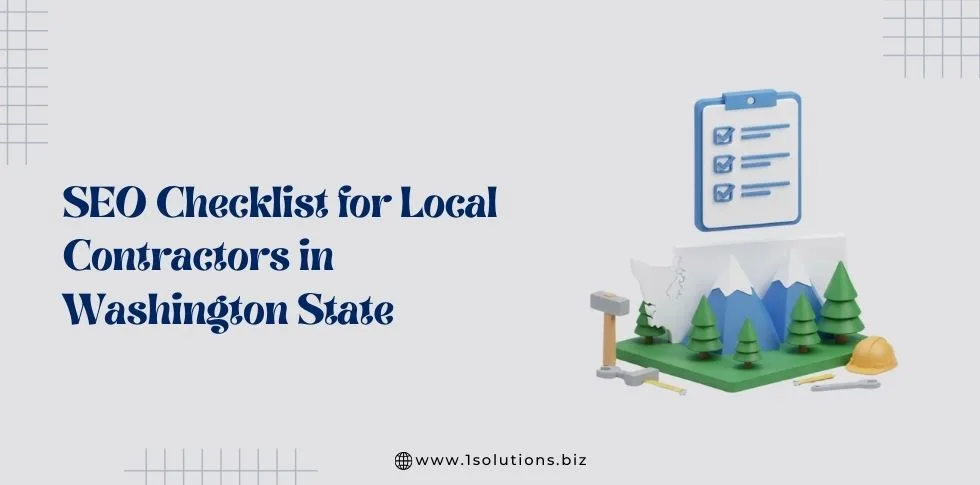


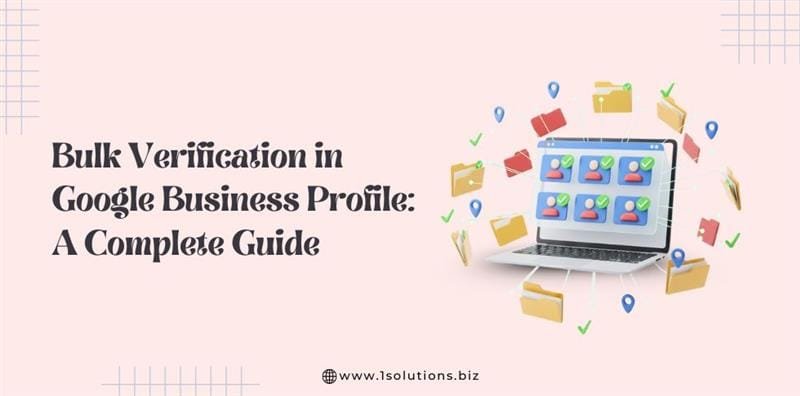
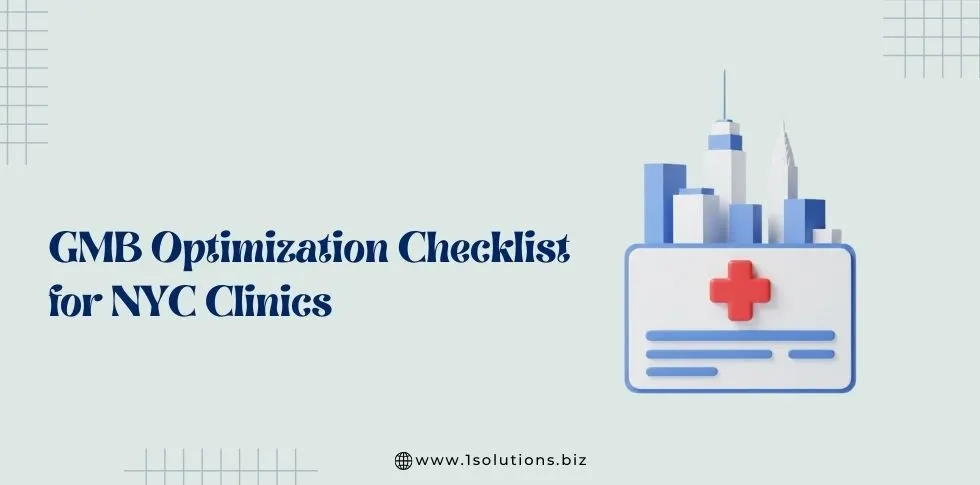
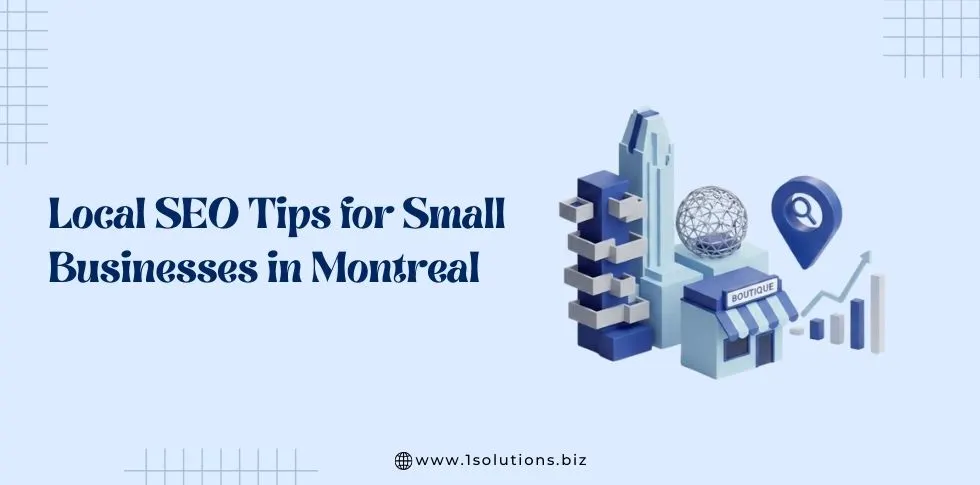
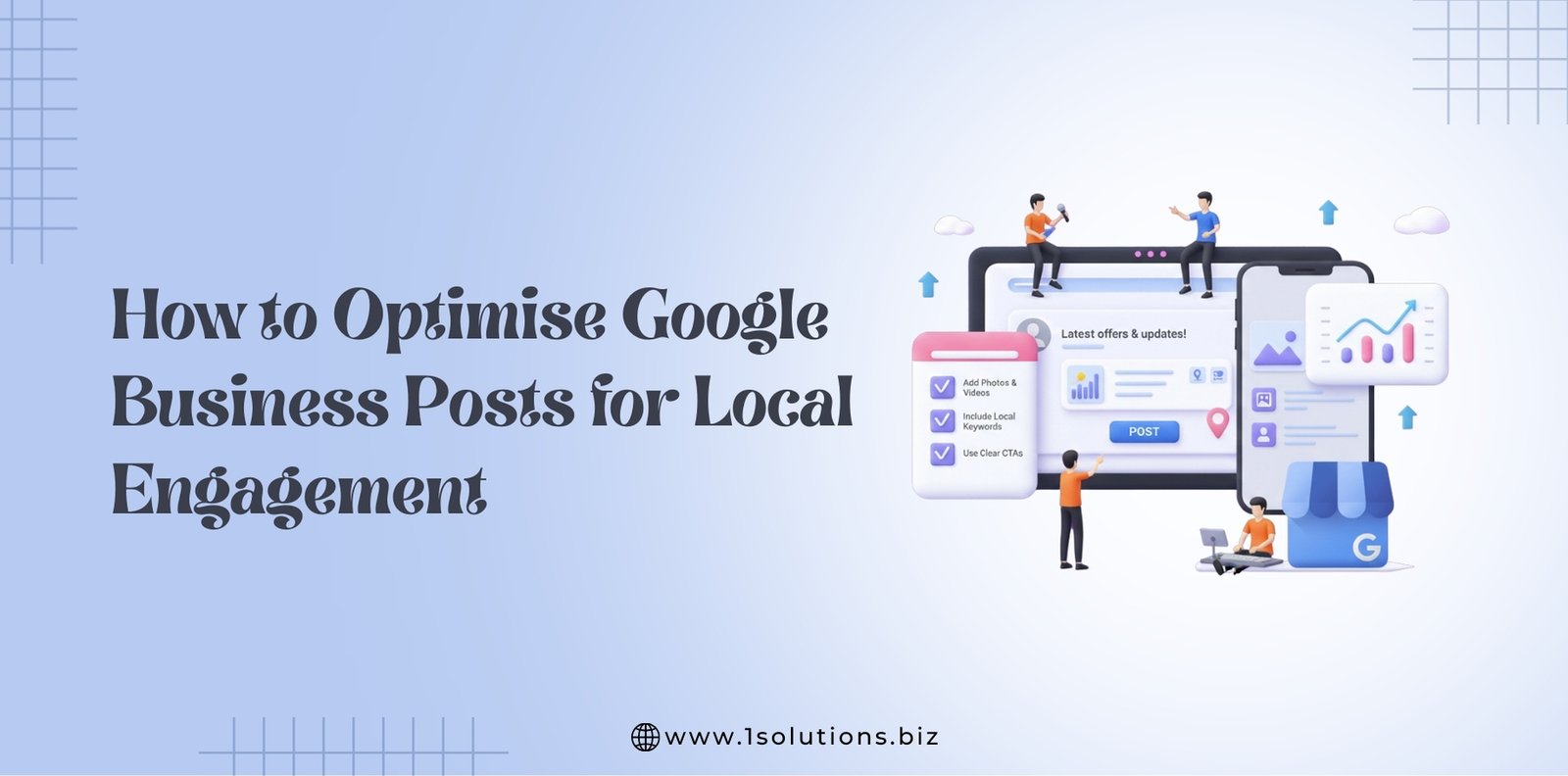




 in India
in India